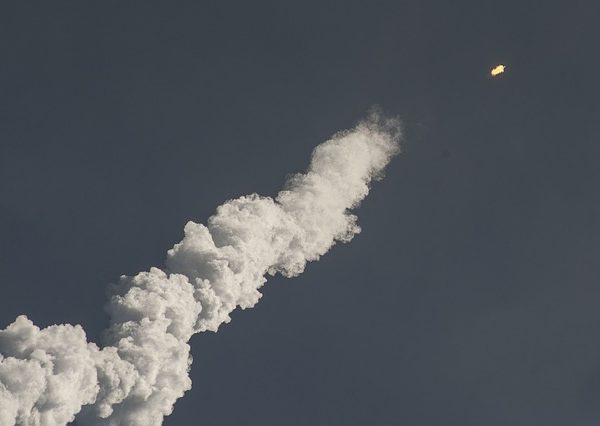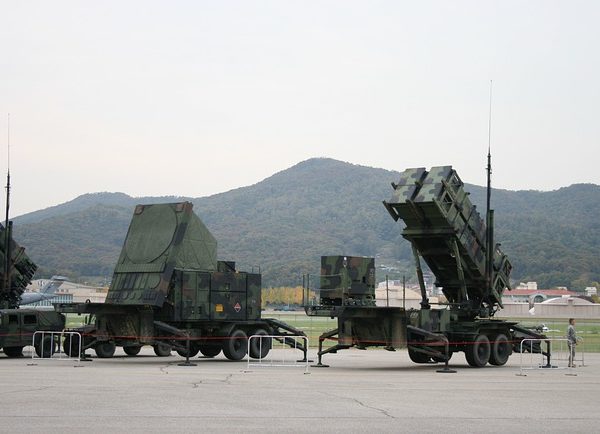Air to air missiles technology allows the air force to launch precision strikes against targets.
Rafael’s extensive range of missiles offer militaries an advantage when engaging in above ground warfare. Some of Rafael missile systems include air to air, surface to air systems and air to ground missile systems.
Some of the most advanced air force regiments in the world use Rafael’s air to air missiles to improve performance. For example, the Israeli Air Force continues to deploy these systems to improve combat readiness and strike efficiency.
Why Air to Air Missiles
Air to Air missiles enable the air force to carry out autonomous strikes in high volumes in areas where there is little or no GPS coverage. An example of one Rafael autonomous air missile system is Spice which is a set of missile systems deployed by air forces worldwide. Any modern air force that relies on laser guided bombs will be at a disadvantage when facing an enemy with long range striking abilities. Moreover, GPS guided systems have their weakness, one of which is falling prey to GPS counter systems.
Autonomous Systems
Raphael’s air to air missiles on the other hand possess smart navigation systems with homing and targeting capacity. These missiles are sold with Guidance Kits with penetration warheads that can weigh as much as 2000lbs. With a long range striking capacity of 60-100km, any air force with this missile can hit a target that is far off without coming close to it. Raphael’s Spice Guided Munition System is a next-generation system with a capacity to hit moving targets with sophisticated homing technology. Air to air missiles have high strike rates, expose crews to limited collateral damage and allow for fast operational planning.


